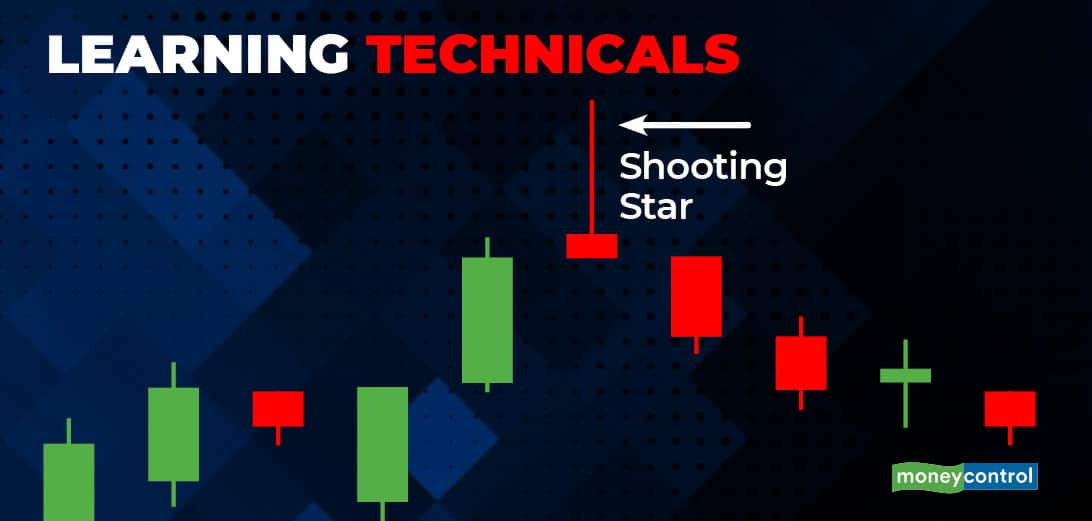
The market was dithering in the two pre-Budget weeks. The Nifty’s high was 14,754 and low 13,597, a correction of around 8 percent, an expected reaction given the concerns over peak valuation, a liquidity-driven rally and vulnerability to short-term adversities based on the last few budget outcomes.
All these doubts vanished after the Budget, as the market headed into a new zone and ended the week at a record high. We have also become more positive after the Budget and suggest increasing investment in equity as momentum is bound to stay.
There was wariness over likely domestic policies, which can be adopted, that has gone away. The market-friendly measures announced are beyond expectations and will generate supplementary economic benefits, higher than what was forecasted.
There was a fear that the government may adopt old economic methods of increasing tax revenue to improve the fiscal position to manage the fallout of the pandemic.
The government, however, decided to revive the economy based on expansionary plans, the private sector is not expected to ensure capex during downcycle. Not only was the government’s decision to take up the responsibilities impressive but also the transparency in the financial statements was elaborate.
The government has adopted a conservative approach in forecasting nominal GDP, revenue and expenditure growth. There is a possibility that the growth estimates may end up better as the economy revives better under the expansionary mode.
The three key aspects of the Budget are: 1) the social justice of vaccination (assuming a total cost of Rs 35,000 crore for inoculation) & healthcare expenditure (PM AtmaNirbhar Swasth Bharat Yojana), with the flexibility to spend more as required in the future. 2) Higher than expected 34.5 percent hike in capital expenditure, with a whooping fiscal deficit of 6.8 percent for FY22, will revive the capex cycle and 3) the continuation of reforms; to improve the agriculture infrastructure which is under the burden of rigid food inflation due to a wide transportation, weak storage and marketing facilities. The increase FDI limit in insurance to 74 percent will bring more foreign players, competition and re-rate the sector. The plan to privatise PSBs is the best reform to happen in the banking industry.
Indirectly, no new taxes or a hike in direct taxes has become a blessing for the market. The introduction of agri-infra Cess is not an additional cost for the economy, whereas it is to create a development fund which will be provided to Agriculture Produce Market Committee (state-wise) to improve the infrastructure provided to framers. This cess has been imposed after adjusting prices by lowering basis custom and excise duty on fuel and identified products to not impact the market price.
It is the best budget we have had in a long time. The only point of notice is the expansionary nature of the budget, which is good for the economy but can lead to overenthusiasm, inflation and an expensive market.
High money supply can lead to a bubble in the equity market, which is supported by FII inflow today, and will be followed by domestic investors in the future as the economy gets better.
As expected, the RBI policy did not make big changes to monetary policy, which is positive for the economy. The provision to fund NBFC through the LTRO scheme is a big positive for the NBFCs. The decision to bring CRR to normal rate from 3 percent to 4 percent can increase yield and reduce liquidity in the short-term but is unlikely to impact the broad equity market.
We can expect domestic funds to join the rally due to the improvement in the economic cycle, leading to earnings growth. Of course, a lot will depend on the execution of the expenditure plan to bring a broad-based revaluation of the economy and corporate earnings growth.
We are already seeing an upgrade in earnings growth for FY22 and FY23 EPS, based on Q3 results. The third quarter provided a surprise package to the earnings growth. This growth will enlarge further as the economy opens further.
In the Nifty50 index, about 30 companies have released Q3 results. In total, these companies were expected to provide a combined YoY PAT growth of 15 percent, which is two times better at 28 percent. This growth is supported by cyclical sectors like auto, cement, oil & gas and metals.
Consumption has also provided good growth, while weakness is seen in finance, NBFCs, telecom and construction. A slowdown in growth is visible in chemicals and IT, which is expected to improve going forward, while high growth continued in pharma.
Q3 results led to a strong upgrade in estimates than imagined. Analysts have updated earnings growth forecast by 5 to 10 percent for FY21 (all the benefits is for Q4) and 10 to 20 percent for FY22. Despite these strong upgrades, we can still expect a further upgrade because of a healthier upsurge in the domestic economy after a progressive Budget.
(Vinod Nair, Head of Research at Geojit Financial Services.)
Disclaimer: The views and investment tips expressed by experts on Moneycontrol.com are their own and not those of the website or its management. Moneycontrol.com advises users to check with certified experts before taking any investment decisions.


